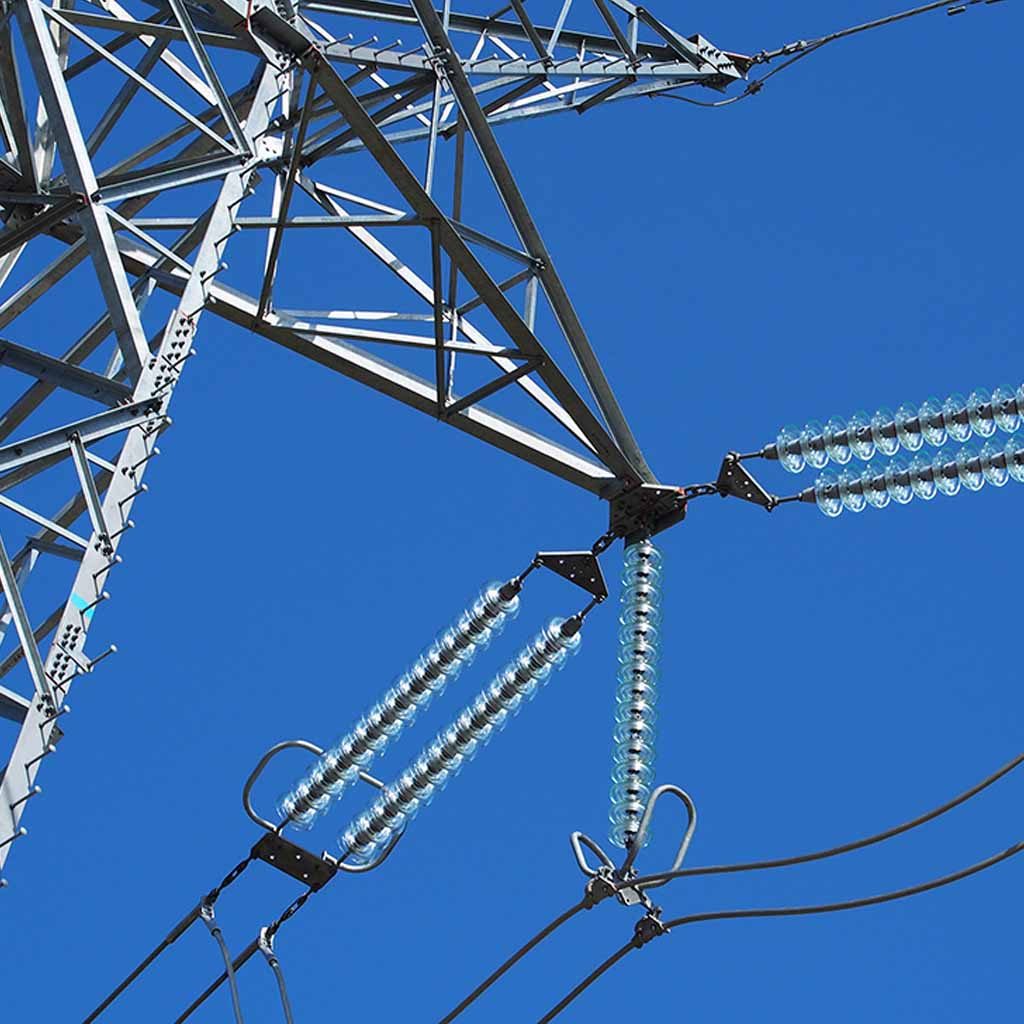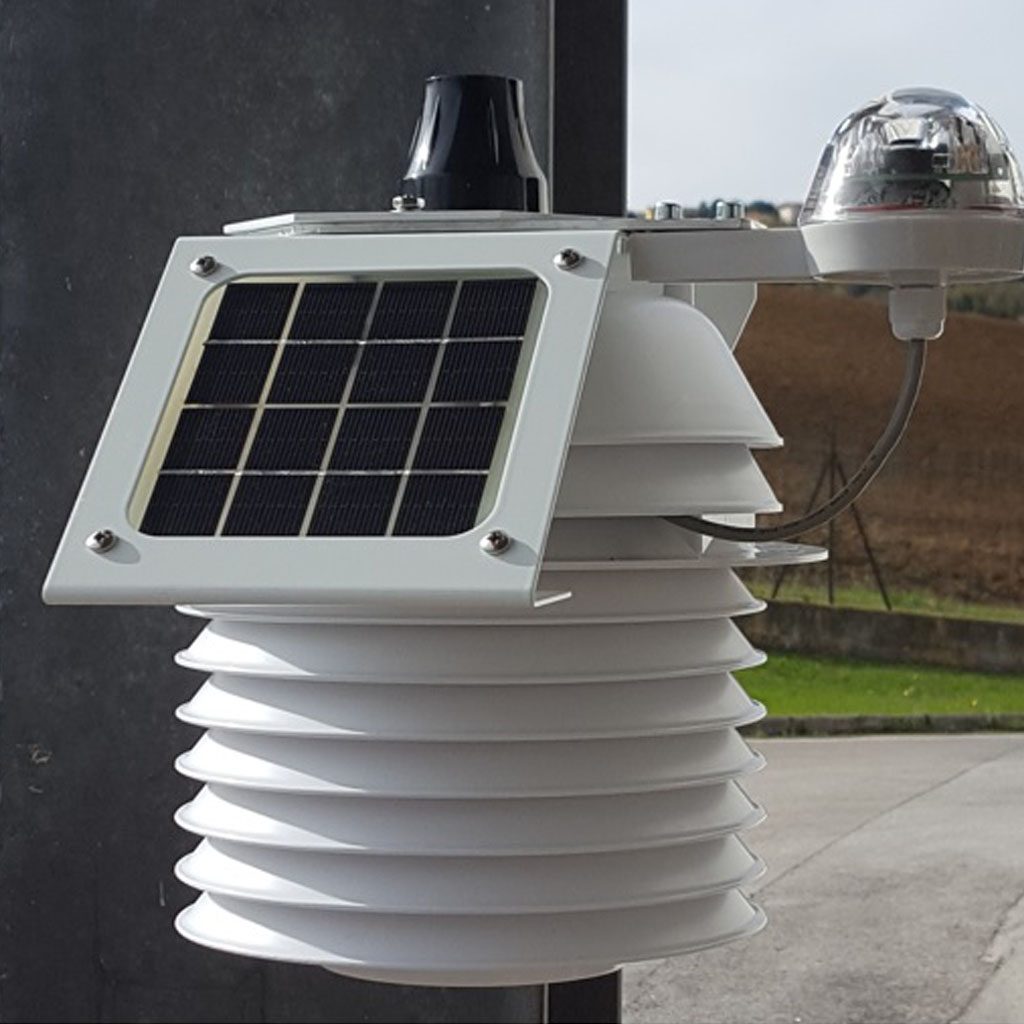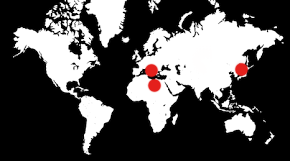LCS
analysis of insulators state in overhead high voltage power lines


The needs
High voltage power lines are subject to several degradation factors that can reduce their performance and features, up to cause a decommissioning of parts of the grid.
One of the factors that can lead to a deterioration of grid performance is the pollution of the insulators that act both as mechanical support for the high voltage conductors and as electrical insulation of the power lines from their support poles/towers.
A recent research from an important institution specialized in the improvement of electrical grids resilience mentions the following
“The severity of environmental pollution is a critical element for the continuity of the electricity supply: high levels of surface contamination, due to saline deposits or other pollutants (for example of industrial or agricultural nature), in presence of humidification events can cause surface discharges to line and station insulators, with consequent possible interruptions of the service. The mitigation of the insulator pollution effects can be achieved both trough a proper sizing of insulator chains, both by using insulator with better sealing characteristics, and through the use of surface treatments of traditional insulators, and by cleaning operations. In this context, the ability to know and predict the insulating surfaces conditions allows an effective planning and choice of the previous actions."
The recovery operations after an electrical disconnection caused by an insulation loss can be expensive in terms of time, since the discharge point has to be searched, identified and repaired (even with any other damages due to the surface discharges) before make the power line working again.
The research in progress, of primary interest for operators who transport energy and aimed at identifying operational methods (maintenance/cleaning) to improve grid resistance from the effects of insulator surface pollution, highlighted the needs of a real-time system that continuously monitors the electrical and environmental parameters significant for the study of the pollution phenomenon. This device can become an effective in field monitoring system that will allow to perform the proper maintenance operations (cleaning using a drone) and avoid the occurrence of sudden discharge events.
The needs expressed by the previously mentioned research institution led iSEMAR to develop an IoT device specifically designed for this type of application.
The challenges
- Detection of insulator earth leakage current and its related statistical indicators (average and maximum peak, standard deviation, aggregate RMS, minimum and maximum value, threshold counts...)
- Leakage current measurement via a high permeability openable CT (two different diameters) with bandwidth up to 4kHz, to be applied above the cap of the last shed of the monitored insulator
- Detection of ambient temperature, relative humidity and dew point
- Detection of rain presence and intensity
- Continuous measurements or scheduled by a combination of environmental parameters thresholds
- Bidirectional radio communication in LPWAN technology (NB-IoT and LoRaWAN)
- Powered by a rechargeable battery with a high operating autonomy (ultra low-power design)
- Integrated solar panel to charge battery
- Dimensions and fixings suitable for many kinds of towers and poles
- High immunity to strong electric and magnetic fields
- IP degree and UV protection for outdoor installations with a wide range of operating temperature
- IoT platform for data acquisition, processing and storage, and for alarms and notifications generations
- Dedicated WEB portal for viewing, exporting and analyzing historical data
The realization
The LCS01 is an IoT device for monitoring the pollution level of high voltage power line insulators. The pollution level is evaluated by measuring various statistics of the earth leakage current (peak, RMS, standard deviation...) and some key environmental parameters such as temperature, relative humidity, dew point and rain intensity. The correlation of the leakage current with the corresponding environmental values allows a more accurate evaluation of insulator pollution conditions.
The LCS01 is autonomously powered by an incorporated small solar panel, which also recharges the integrated battery that, thanks to an ultra low-power design, is able to guarantee up to 50 days of continuous operation even in absence of solar energy.
All collected data are periodically sent to a dedicate iTHINGS application using the integrated LPWAN connectivity, NB-IoT (LCS01-N) or LoRaWAN (LCS01-L), and their relative integrations with the corresponding network platforms.
The WEB iTHINGS application, available as IaaS, PaaS and SaaS, stores and shows all data received from the devices, allowing various views and aggregations as well as exporting them to other applications. The same iTHINGS application also allows the device remote management and configuration, in order to best adapt it to the real needs of the monitored area.

CONTACTS
Via Sardegna 5, 60022
Castelfidardo (AN)
Italy
T +39 071782481
F +39 0717824824
info@isemar.biz


